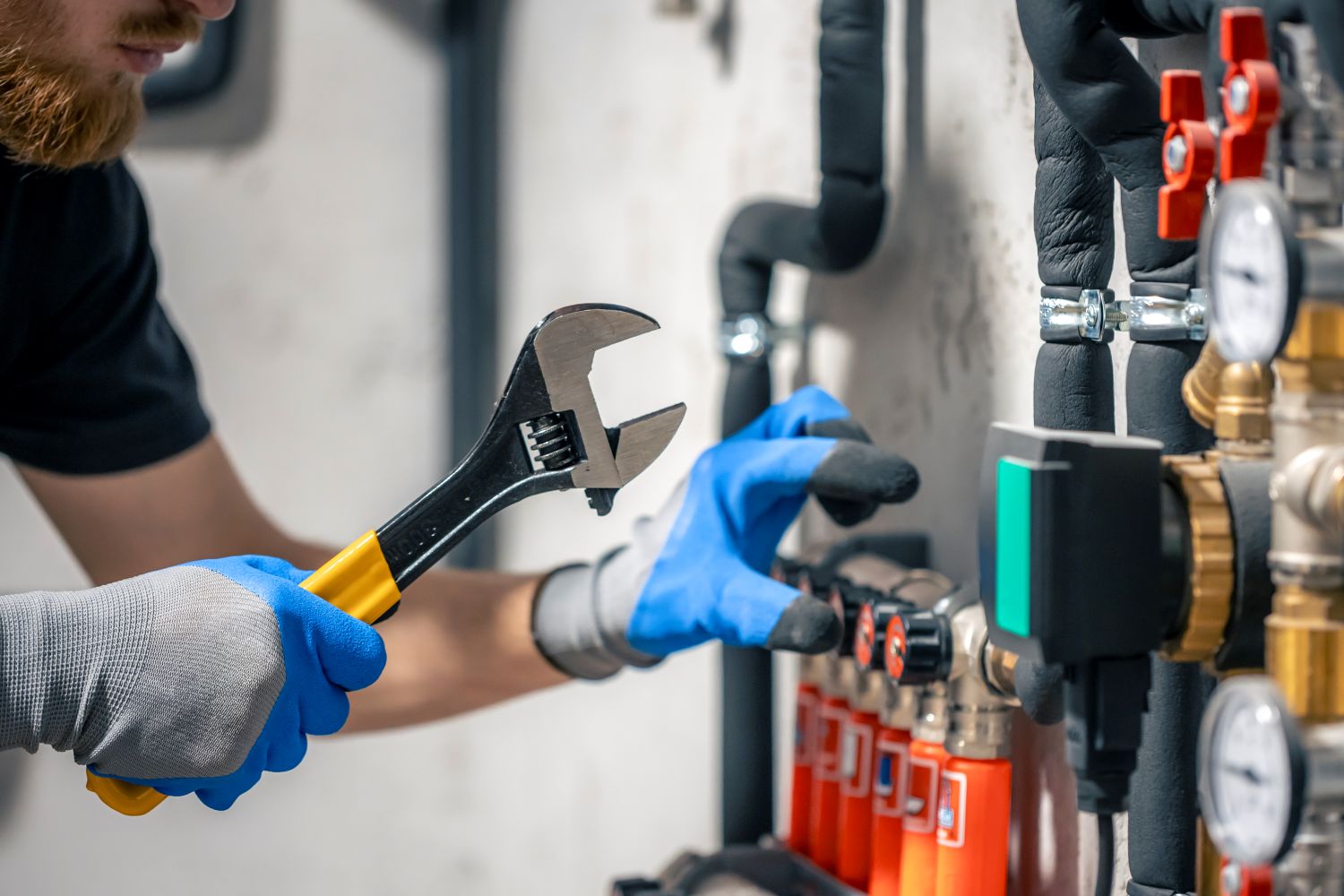Your drainage system is one of the most critical components of your home’s infrastructure. It quietly works behind the scenes, channeling wastewater away and protecting your property from water damage. But like any system, it won’t last forever. Recognizing the signs of a failing drainage system early can save you from expensive repairs, property damage, and even health hazards. So, when should you replace your drainage system? Here are the key warning signs you need an upgrade.
1. Frequent Blockages or Backups
An occasional clog is normal, but if you’re constantly battling slow drains, gurgling toilets, or backups, your system may be on its last legs. Frequent blockages often indicate deep-rooted issues, such as broken pipes or collapsed lines. If plungers and chemical cleaners no longer help, it’s time to call a professional for an inspection.
2. Persistent Bad Odors
Sewer-like smells coming from your drains are never a good sign. Foul odors usually point to broken or cracked pipes, allowing gases to escape. Not only is the smell unpleasant, but it can also indicate a serious health risk. If the smell lingers despite cleaning, a system replacement might be the best solution.
3. Water Pooling or Soggy Patches in Your Yard
Unexplained wet spots in your lawn, especially when it’s not raining, may mean your drainage system is leaking underground. Over time, old or damaged pipes can deteriorate and allow wastewater to seep into your yard. This is more than just an aesthetic issue—it can damage your foundation and attract pests.
4. Foundation Cracks and Water Damage
Water should always flow away from your foundation. If your drainage system is failing, water may start collecting around or beneath your home, leading to foundation cracks, basement leaks, and mold growth. These structural issues are costly to repair and signal that your drainage system may need a complete overhaul.
5. Aging or Outdated System
Drainage systems typically last 20 to 30 years depending on materials and usage. If your home is older and the system has never been replaced, it could be time for an upgrade. Modern drainage systems are more efficient and durable, often made with materials that resist corrosion and root invasion.
6. Strange Sounds in Pipes
If you hear unusual noises like banging, gurgling, or whistling coming from your pipes, it could be a red flag. These sounds might indicate trapped air, pressure imbalances, or structural damage within the system. While some noises can be resolved with minor fixes, recurring issues usually signal deeper problems.
7. Frequent Drainage Repairs
Are you calling a plumber every few months? If you’re spending more on repairs than a replacement would cost, upgrading your drainage system can be a smarter, more cost-effective option. Temporary fixes might work short-term, but won’t solve long-standing issues.
Why Timely Replacement Matters
Delaying the replacement of a failing drainage system can result in:
- Structural damage to your home
- Health hazards from mold and sewer gases
- Landscape damage
- Decreased property value
A full system inspection can determine if repairs are enough or if a full replacement is necessary. Newer systems also offer better water management and increased efficiency, protecting your home for years to come.
Final Thoughts
Knowing when to replace your drainage system isn’t always straightforward, but ignoring the warning signs can lead to bigger problems. If you notice bad smells, frequent clogs, wet patches in your yard, or ongoing repair needs, don’t wait. Consult with a drainage expert to evaluate your system and discuss upgrade options.
A functioning drainage system is essential for a safe and healthy home. Don’t wait until it fails—stay proactive and protect your investment.
FAQs
Most residential drainage systems last between 20 to 30 years, depending on the materials used, soil conditions, and maintenance. If your system is reaching this age or older, it’s wise to consider an inspection.
Key warning signs include frequent clogs, persistent bad odors, soggy areas in the yard, foundation cracks, unusual pipe noises, and repeated repair needs. These often indicate deeper structural issues that repairs alone can’t fix.
In some cases, minor issues can be fixed with targeted repairs. However, if the system is old or problems are widespread, a full replacement is often more cost-effective and reliable in the long run.
Common causes include aging materials, root intrusion, soil shifting, corrosion, poor installation, and lack of maintenance. Natural wear and tear combined with environmental factors often contribute to system breakdowns.
Costs vary based on the size of your property, system complexity, and local labor rates. On average, homeowners might spend anywhere from $3,000 to $10,000 or more. A professional assessment can give you a more accurate estimate.
Yes. Poor drainage can lead to water pooling near or under your foundation, causing cracks, erosion, and even structural shifts. Addressing drainage issues early can help preserve your home’s integrity and value.

 CLOGGED OR BROKEN WEEPING TILE
CLOGGED OR BROKEN WEEPING TILE